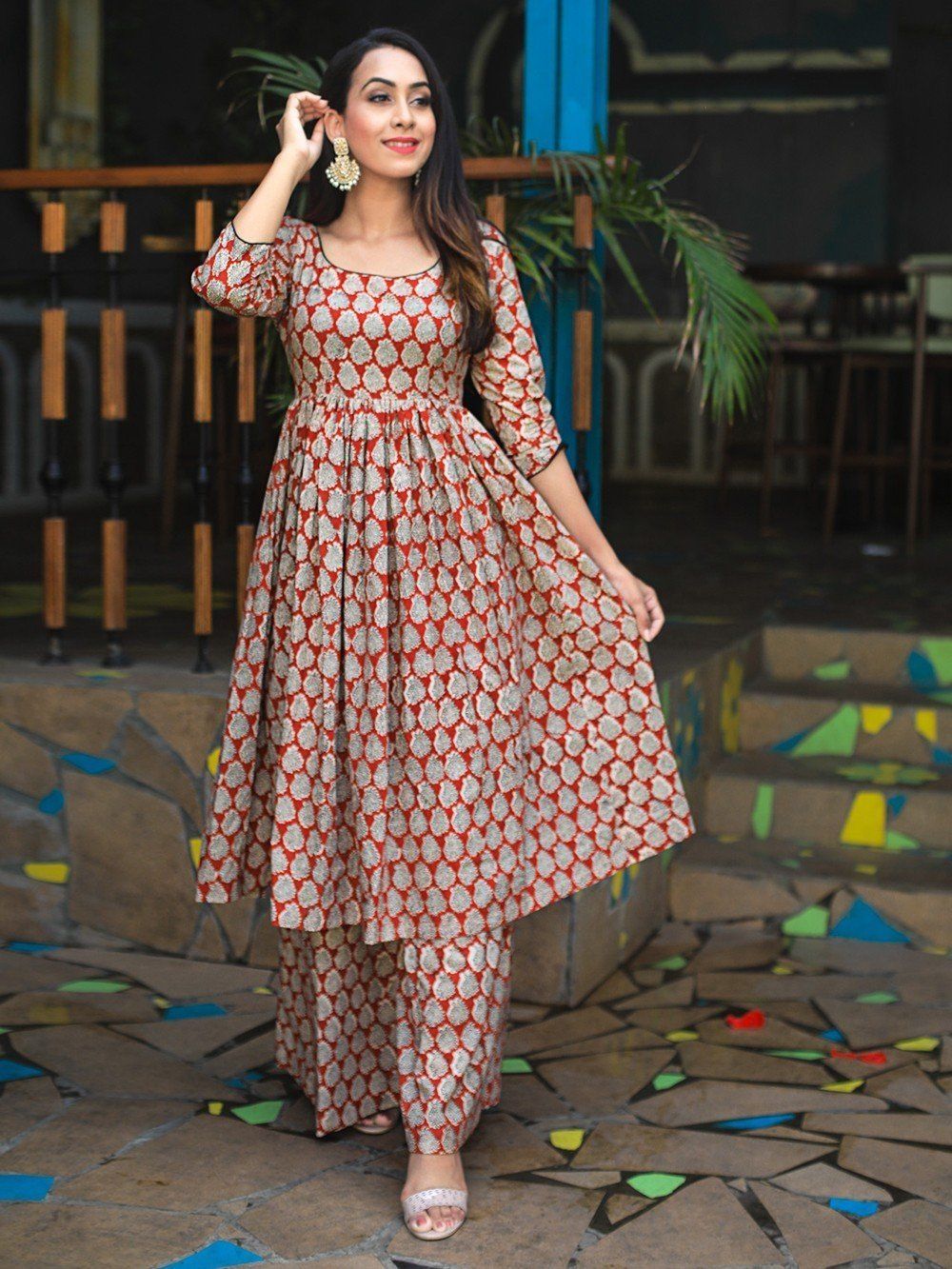Hand-block printing is an ancient art form that has captured the hearts and minds of artisans and enthusiasts alike for centuries. This technique, characterized by intricate designs and vibrant colors, has stood the test of time, embodying the rich heritage and cultural identity of numerous societies across the globe. In this blog post, we will delve into the captivating world of hand-block printing, exploring its origins, process, significance, and enduring appeal.
Origins and Cultural Significance:

Hand-block printing has a rich history dating back thousands of years. It is believed to have originated in ancient China, where it was later embraced by various civilizations including India, Egypt, and Japan. In each culture, the technique evolved to reflect unique aesthetics, motifs, and cultural narratives, making it an integral part of their artistic and textile traditions.
The Process of Hand-Block Printing:

Hand-block printing is a labor-intensive process that requires exceptional skill, precision, and patience. It involves the use of carved wooden blocks, natural dyes, and carefully chosen fabrics. The process typically begins with a skilled artisan designing and carving intricate patterns onto wooden blocks. These blocks are then dipped in natural dyes and pressed onto the fabric by hand, creating a repeating pattern. The entire process is repeated meticulously, block by block, until the design is complete.
The Charm of Imperfection:

One of the most captivating aspects of hand-block printing is its inherent imperfections. Unlike machine-made prints, each hand-printed fabric possesses unique characteristics and subtle irregularities that add to its charm and appeal. These variations testify to the human touch and the craftsmanship involved, making each piece a work of art in its own right.
Revival and Sustainability:

In recent years, there has been a growing appreciation for traditional crafts and sustainable practices. Hand-block printing has experienced a revival as artisans and designers embrace its organic and eco-friendly nature. The use of natural dyes derived from plants, such as indigo, turmeric, and madder, not only produces stunning colors but also promotes a more sustainable approach to textile production.
Contemporary Adaptations and Global Influence:

While hand-block printing remains deeply rooted in tradition, contemporary adaptations have breathed new life into this ancient art form. Modern designers have embraced the technique, experimenting with bold color combinations, innovative designs, and novel applications beyond textiles. From clothing and home décor to stationery and accessories, hand-block printing has made its mark on the global design scene, offering a unique blend of tradition and modernity.
Preserving a Treasured Craft:

Despite the challenges posed by industrialization and globalization, efforts are being made to preserve the art of hand-block printing. Artisan communities, NGOs, and governmental initiatives are working together to provide training, resources, and market access to ensure the sustainability of this cherished craft. By supporting and valuing hand-block printed kurtas, we can contribute to the livelihoods of artisans and the continuation of a cultural legacy.
Hand-block printing is more than just a printing technique; it embodies the stories, traditions, and skills passed down through generations. Its timeless beauty, intricate patterns, and eco-friendly nature have garnered admirers around the world. As we celebrate this remarkable craft, let us appreciate the artisans behind the scenes, whose dedication and creativity keep this ancient art form alive. So, the next time you encounter a hand-block printed piece, remember the rich history and cultural significance it represents—a testament to the enduring power of human creativity and craftsmanship.
